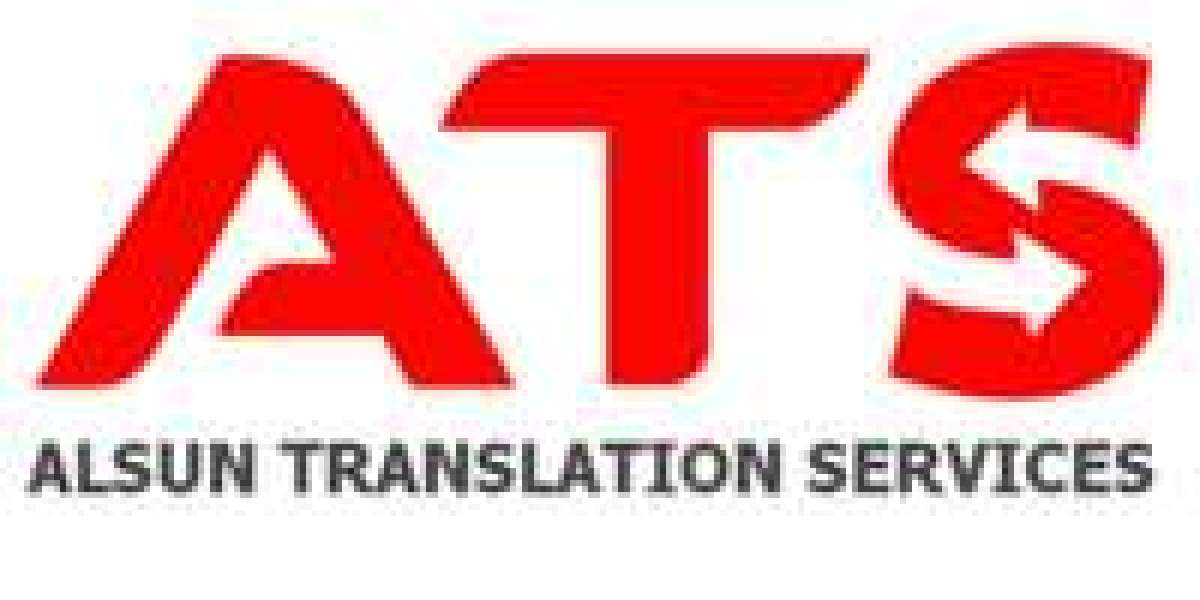Introduction
In today's rapidly evolving digital landscape, where data is the lifeblood of enterprises, ensuring robust enterprise data security measures is paramount. The escalating frequency and sophistication of cyber threats demand a proactive approach to safeguarding sensitive information. In this article, we delve into the intricacies of enterprise data security and explore comprehensive strategies to fortify your organization against potential risks.
Understanding the Threat Landscape
The Rising Tide of Cyber Threats
In an interconnected world, where data travels across networks and borders, the risk of cyber threats looms large. From ransomware attacks to data breaches, enterprises face a myriad of challenges. It is imperative to acknowledge the dynamic nature of these threats to devise effective countermeasures.
Assessing Vulnerabilities
Regular vulnerability assessments are the cornerstone of a robust data security strategy. Identifying potential weaknesses in your infrastructure, applications, and processes enables proactive mitigation, reducing the risk of exploitation by malicious actors.
Building a Fortified Data Security Framework
Encryption: The First Line of Defense
Data encryption serves as a formidable barrier against unauthorized access. Implementing robust encryption protocols ensures that even if data is intercepted, enterprise data security it remains unintelligible to unauthorized parties. This not only protects sensitive information but also fosters customer trust.
Access Control and Identity Management
Granular access controls and efficient identity management are pivotal in restricting access to sensitive data. By assigning access privileges based on roles and responsibilities, organizations can minimize the risk of internal threats and unauthorized access.
Data Backup and Recovery
In the event of a cyber incident, having a reliable data backup and recovery plan is non-negotiable. Regularly backing up critical data ensures that enterprise data security even in the face of a ransomware attack or system failure, your organization can swiftly recover and resume operations.
Compliance and Regulatory Considerations
Navigating the Regulatory Landscape
With the enforcement of stringent data protection regulations, such as GDPR and HIPAA, compliance is not just a legal obligation but a cornerstone of sound business practices. Ensuring adherence to these regulations not only mitigates legal risks but also enhances your organization's reputation.
Emerging Technologies in Data Security
Artificial Intelligence and Machine Learning
The integration of artificial intelligence (AI) and machine learning (ML) in data security is revolutionizing threat detection and response. These technologies analyze patterns, detect anomalies, and automate responses, bolstering the resilience of enterprise defenses.
Blockchain for Immutable Security
Blockchain technology, known for its decentralized and tamper-proof nature, is emerging as a powerful tool in ensuring the integrity of data. enterprise data security By leveraging blockchain, organizations can create an immutable record of transactions and interactions, reducing the risk of data manipulation.
Educating Your Workforce
Human Firewall: The Importance of Employee Training
Employees are often the first line of defense against cyber threats. Regular training programs empower your workforce to recognize phishing attempts,enterprise data security adhere to security protocols, and report suspicious activities promptly. Building a human firewall is as crucial as technological fortifications.
Advanced Threat Mitigation Strategies
Threat Intelligence Integration
Incorporating threat intelligence into your security framework provides real-time insights into emerging threats. By leveraging external intelligence sources and internal dataenterprise data security , organizations can proactively identify potential risks, allowing for preemptive action.
Continuous Monitoring and Incident Response
Continuous monitoring of network activities and swift incident response are imperative in today's threat landscape. Implementing robust monitoring tools coupled with a well-defined incident response plan ensures that anomalies are detected and addressed promptly,enterprise data security minimizing the impact of security incidents.
The Evolving Role of Cloud Security
Cloud-native Security Measures
As enterprises increasingly embrace cloud technologies, implementing cloud-native security measures becomes crucial. Cloud-based security solutions offer scalability and flexibility, providing a seamless integration of security protocols across diverse cloud environments.
Zero Trust Architecture
The traditional perimeter-based security model is no longer sufficient. Adopting a Zero Trust architecture assumes that no entity, whether inside or outside the organization,enterprise data security can be trusted by default. This approach minimizes the attack surface and enhances overall security posture.
Collaboration and Information Sharing
Industry Collaboration for Cyber Resilience
In the face of sophisticated cyber threats, collaboration within the industry is paramount. Sharing threat intelligence, best practices, and lessons learned fosters a collective defense mechanism, creating a more resilient ecosystem.
Public-Private Partnerships
Engaging in public-private partnerships amplifies the effectiveness of cybersecurity efforts. By working closely with governmental agencies, organizations can access valuable resources,enterprise data security stay informed about emerging threats, and contribute to the overall cybersecurity landscape.
Future Trends in Enterprise Data Security
Quantum-safe Cryptography
As quantum computing advances, traditional cryptographic methods may become obsolete. Embracing quantum-safe cryptography ensures that your organization's data remains secure even in the face of quantum threats, future-proofing your data security strategy.
Cybersecurity Automation and Orchestration
The integration of automation and orchestration streamlines security operations, allowing for faster threat detection and response.enterprise data security By automating routine tasks and orchestrating complex workflows, organizations can enhance efficiency and reduce the risk of human error.
Conclusion: A Resilient Future for Enterprise Data Security
In conclusion, the landscape of enterprise data security is dynamic and requires a proactive and adaptive approach. By integrating advanced threat mitigation strategies, embracing cloud-native security measures, fostering collaboration, and staying abreast of future trends,enterprise data security organizations can build a resilient defense against evolving cyber threats.
Conclusion
In the ever-evolving landscape of enterprise data security, a holistic approach that encompasses technological solutions, regulatory compliance, and employee education is indispensable. By prioritizing enterprise data security , organizations not only safeguard their assets but also bolster customer trust and maintain a competitive edge.









